12 Never-Skip Gardening Tips From Master Gardeners
Updated: Oct. 06, 2022
Whether you're a new to planting or a veteran gardener with a green thumb, check out these essential gardening tips to grow happier, more beautiful plants.
Our editors and experts handpick every product we feature. We may earn a commission from your purchases.
Essential Expert Gardening Tips
Taking care of plants in a garden is kind of like raising kids. You’ve got to feed them, keep them safe and give them plenty of room to grow! Here are the most important responsibilities every plant owner needs to be aware of, along with expert gardening tips on how to correctly accomplish them, whether you’re a proud new plant parent or a seasoned pro.
1. Test Your Soil
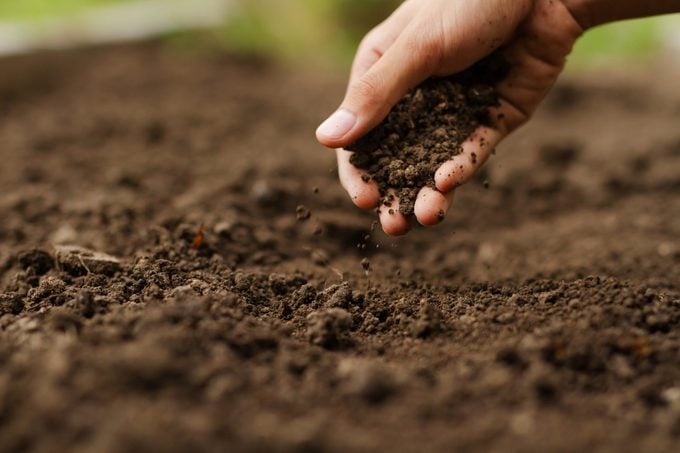
Choose plants, fertilizers and soil amendments without the guesswork. Simple, inexpensive soil tests reveal exactly what you need. At-home soil test kits are one option.
However, Charlotte Ekker Wiggins, a University of Missouri Extension master gardener emeritus and author, recommends that you contact a local university extension office. She says they offer easy, reliable soil sample testing that includes recommendations of how to amend soil for your desired greenery.
2. Water Mindfully
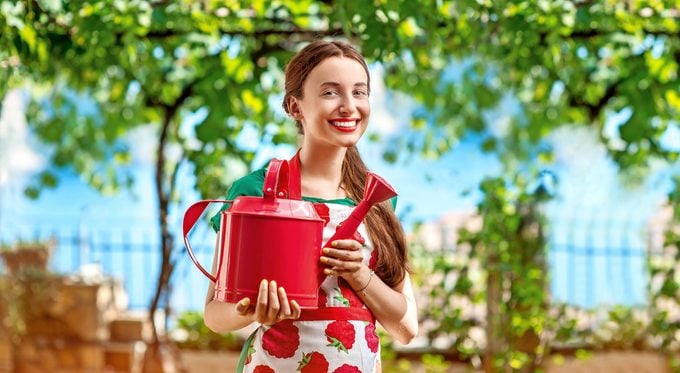
While watering is important (and fun—who doesn’t love spraying the garden hose?), be careful not to overdo it. Believe it or not, overwatering is just as much of a problem as underwatering. Plants need moisture, but watering too often can cause root rot and other diseases. Look to the leaves for cues. If they are yellow or brown and drooping even though the soil is wet, that’s a sign that they’re probably getting too much moisture.
Research how much water each plant needs to keep it hydrated well. Some plants in pots need daily drinks, while others in the garden prefer their soil to dry out completely before another shower. Young outdoor plants need regular watering. “Even the hardiest of plants need time to adjust to their new location once they’ve been transplanted,” says Haeley Giambalvo, a certified Texas master naturalist and member of the Texas Native Plant Society who offers her expert gardening tips. Give them plenty of frequent moisture at first, then taper off watering as their roots develop.
It’s better to water deeply than frequently. Apply water at the plant’s base, directing the moisture down to the roots where it does the most good.
3. Provide Enough Space
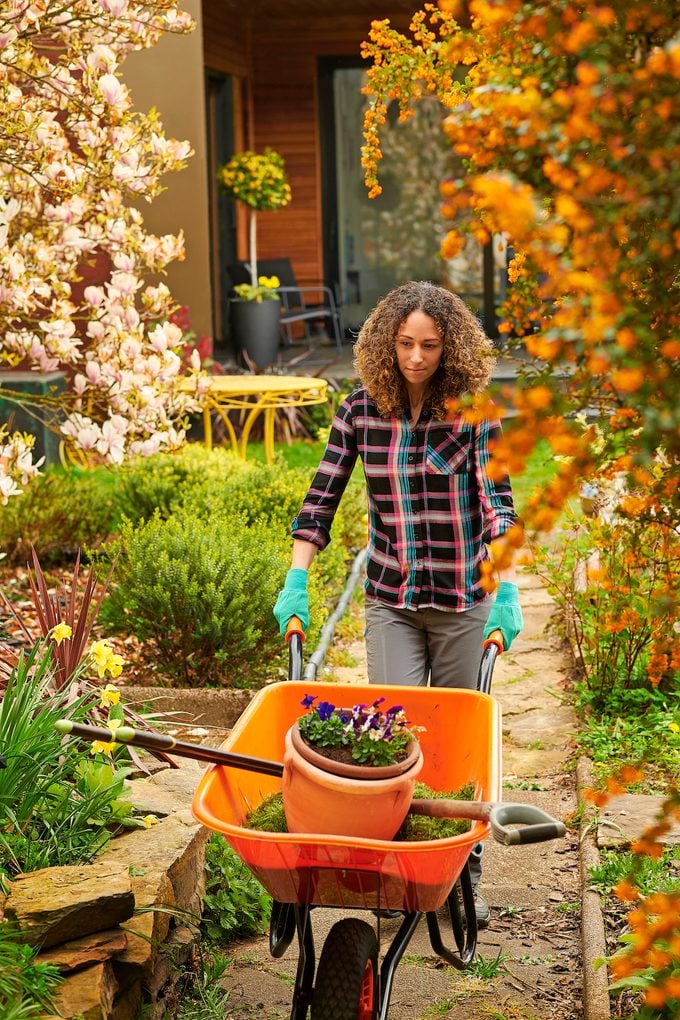
It’s easy to buy too many plants or to overcrowd them, but that can lead to an unruly or unmanageable garden. “Planting plants without room around them to grow can overtax the soil of nutrients, resulting in less-than-healthy plants,” Charlotte says.
Haeley says, “Spacing correctly from the get-go can save a lot of time and headaches down the road by avoiding having to reposition or remove plants that have overgrown their space.”
4. Fertilize Plants Sparingly
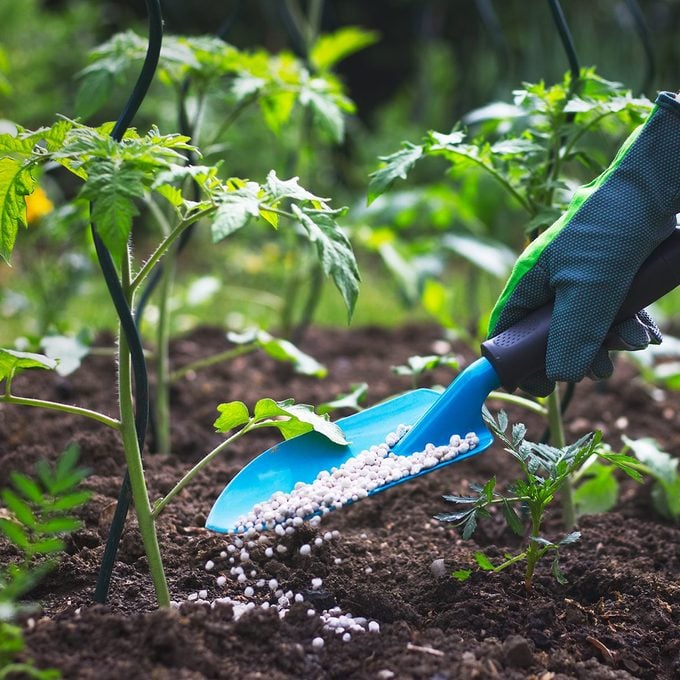
Just like humans, plants can’t live on sun alone. Plants need nitrogen, phosphorus and potassium. Rich topsoil with lots of compost will provide a lot of what your hungry little green friends need, but occasionally you’ll want to give them an extra boost. However, most plants don’t need to be fertilized as often as you might think. Some fertilizers can have a negative effect, causing plants to become leggy or to produce less fruit. Charlotte recommends slow-release granular fertilizers for most new gardeners.
As with water, you can definitely have too much of a good thing. Overfertilizing contaminates groundwater and harms plants, so follow the directions. Feed plants only when it’s really necessary.
Psst—here’s the best potting soil for every kind of plant.
5. Get Help With Weeding
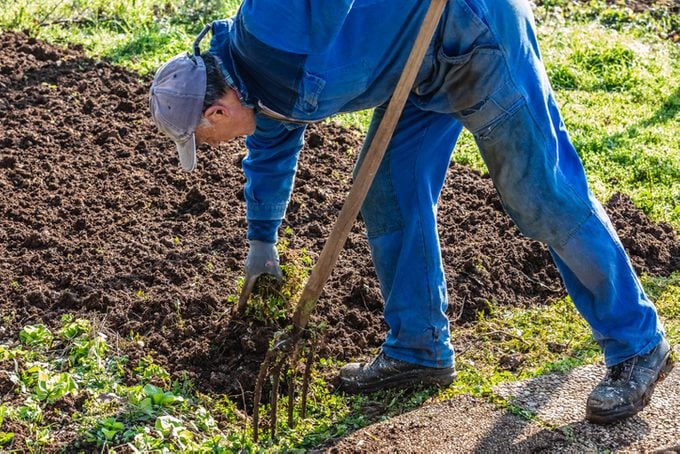
Experienced gardeners will tell you that it’s easy to identify weeds: They’re the ones that grow twice as fast and three times as big as the plants that are supposed to be thriving in the same place! Weeding is one of those garden chores you’ve simply got to face.
Weeds aren’t only unsightly; they’re also greedy. They take nutrients and water from the soil that your precious plants desperately need. Grab invaders at the base and do your best to pull them out, root and all. Otherwise, the weeds will be back before you even have a chance to clean the dirt from under your fingernails.
Once a garden is planted, weeding becomes an endless chore—so don’t do all the work yourself! Rely on expert gardening tips and prep work to reduce unwanted plants. “I like to create a weed barrier by lining a garden bed with flattened cardboard boxes, then covering with a few inches of wood mulch,” Haeley says. This method also helps the soil retain moisture, which creates happier, healthier plants.
Check out the best natural way to kill weeds.
6. Remember to Apply Mulch
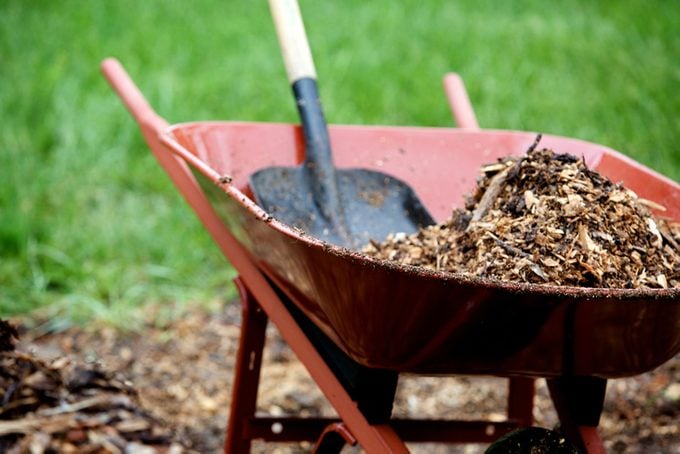
Think of mulch like a babysitter that is helping protect your plants when you’re not there. Mulch helps soil retain moisture and suppress weeds. It also keeps roots cool during hot summer days and keeps them warm when the temps drop.
Mulch comes in lots of different types, including shredded wood, evergreen needles and straw. Bigger nuggets take longer to break down, meaning they’ll last longer.
Whichever type of mulch you choose, add a fresh layer of 1 to 3 inches each spring (a 4-inch layer of mulch is best for preventing weeds), and pull it back slightly to keep it from touching plant stems and tree trunks.
We asked a garden expert: Is it OK to use rubber mulch?
7. Prune Plants Properly
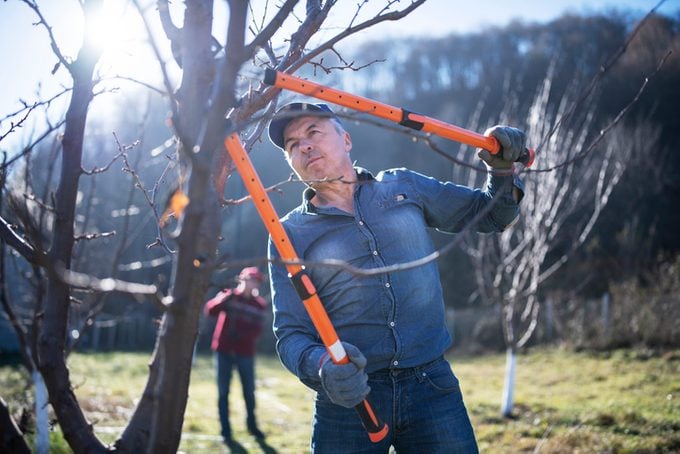
The best plant parents know these leafy kids need some discipline. Pruning keeps shrubs and trees in check, helping them grow full and healthy.
Timing is key. Many shrubs set their flower buds weeks or months before bloom, so if you prune at the wrong time, you lose all those beauties. Prune lilacs and other spring flowering shrubs like lilacs after they finish blooming and summer bloomers in late winter or early spring. Use loppers with sharp blades, making cuts at a 45-degree angle, above an outward-facing bud or fork.
Learn when to prune hydrangeas for big, showy blooms.
8. Deadheading and Pinching
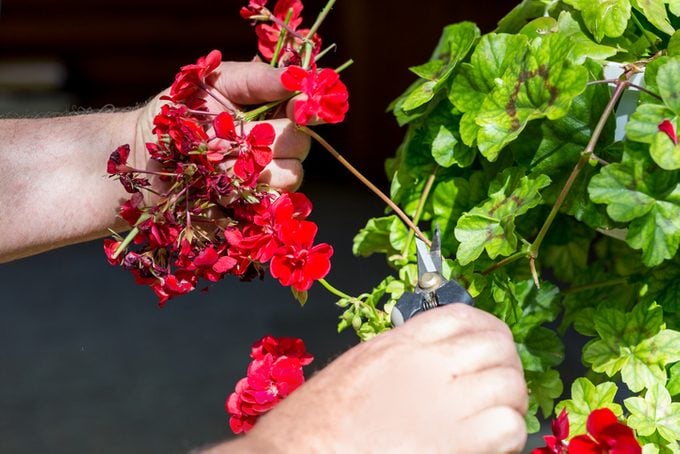
Flowering plants put all their energy into first producing blooms, then turning those into seeds. After all, that’s how plants make more plants! (Psst—here’s how to divide perennials). If you want to encourage more blooms instead of seeds on reflowering plants, pinch or snip off dead flower heads.
For a fuller, bushier appearance, pinch off new growth just above a leaf node or bud. This gardening tip actually encourages the plant to grow two new stems where there once was only one.
Learn about plant propagation to multiply your plants for free.
9. Control Pests With Care
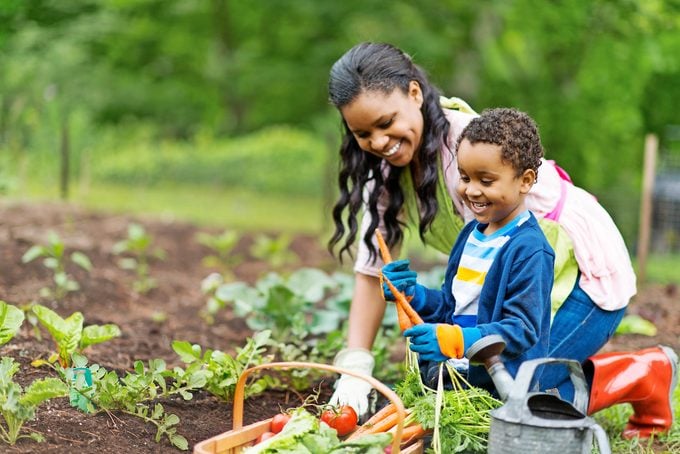
Nothing’s more annoying to a gardener than finding holes chewed in leafy greens or aphids sucking the life out of buds. Resist the urge to go straight to pesticides, though, since these can harm pollinators and other beneficial bugs.
Start by removing the pests by hand or with a strong blast from the hose. If they return, identify the pest and select the most eco-friendly option to remove them, such as an insecticidal soap or horticultural oil (be careful to follow label instructions).
Remember: Treat pests as they appear rather than spraying wholesale for problems you may not even have.
10. Make Compost
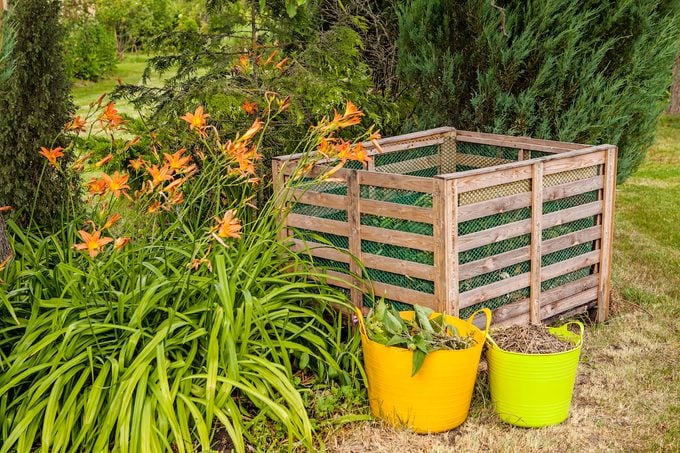
Compost is one of the best organic soil amendments—and you can make it for free! It’s good for the environment too. “Approximately 40% of all food in the U.S. is tossed out,” says Charlotte. “Put it to good use restoring the soil that grows our food.”
11. Honor Plant Hardiness
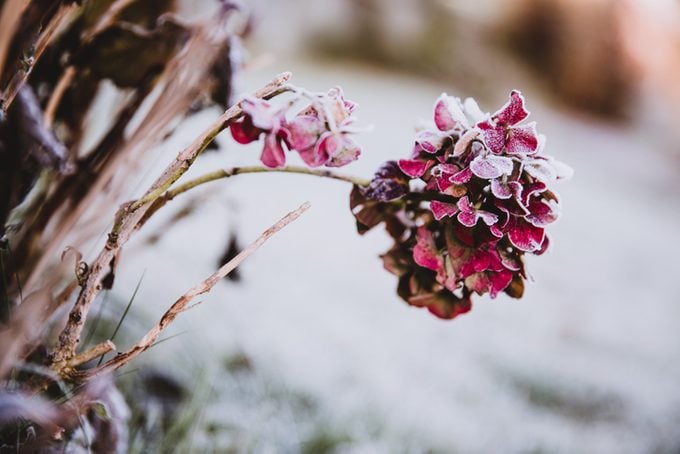
It’s possible to grow plants from other climates as annuals, but be selective. “It can be tempting to buy one of every pretty flower you see in full bloom at the nursery,” Haeley says. “Many nursery flowers are native to other parts of the globe and require special care and babying to thrive in your climate.”
For that reason, research your exact hardiness zone and choose plants that are suitable for your climate. This one of our expert gardening tips will ensure your beautiful plants survive the winter.
12. Match the Conditions
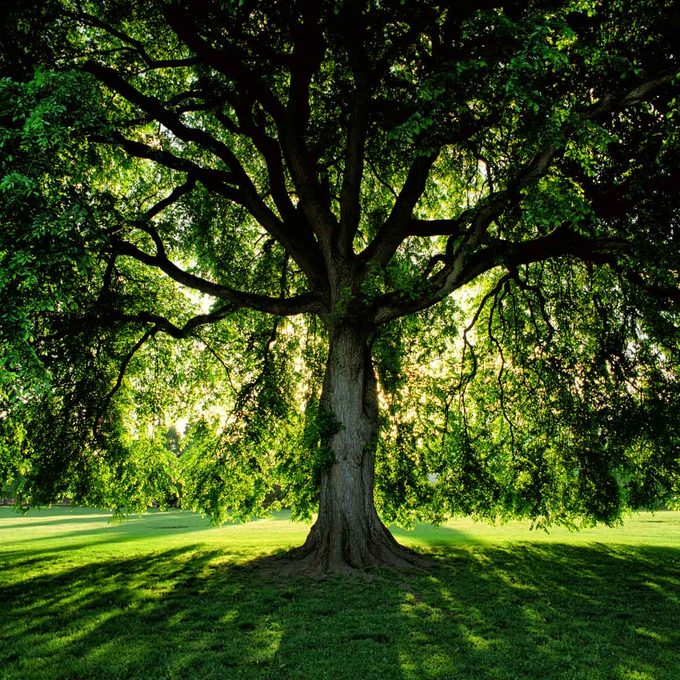
When designing your landscaping, consider more than aesthetics. Monitor the planting area and note how many hours of direct sunlight it gets throughout the day. Research plants that fit the light conditions, and always check the label before impulse buying at the garden center.
Next, check out 19 things your landscaper won’t tell you.



















